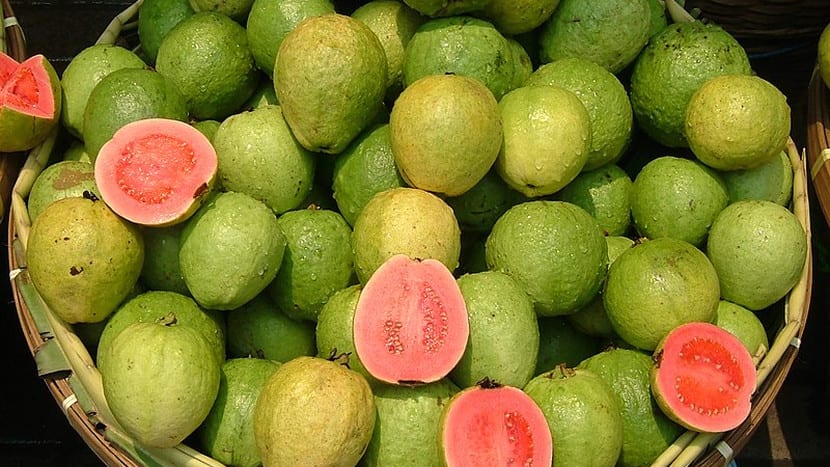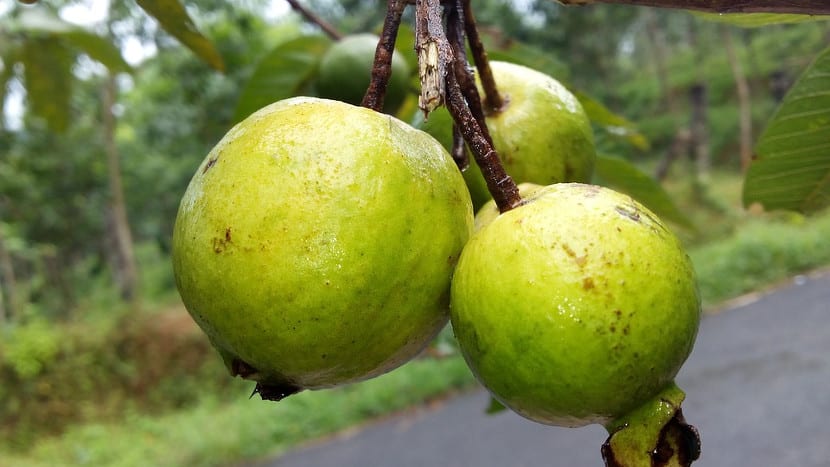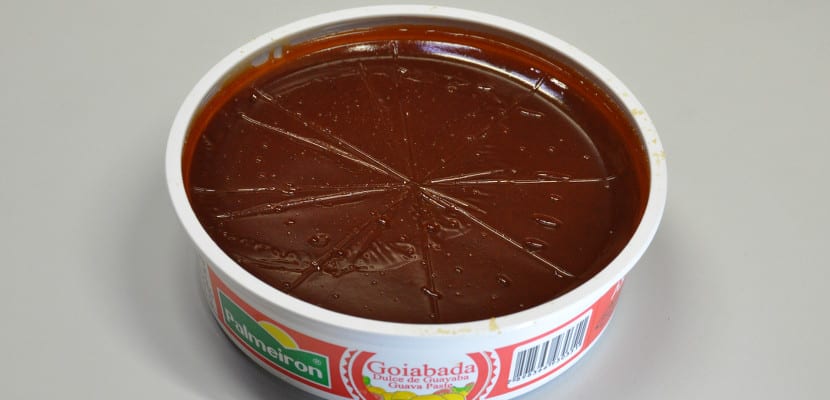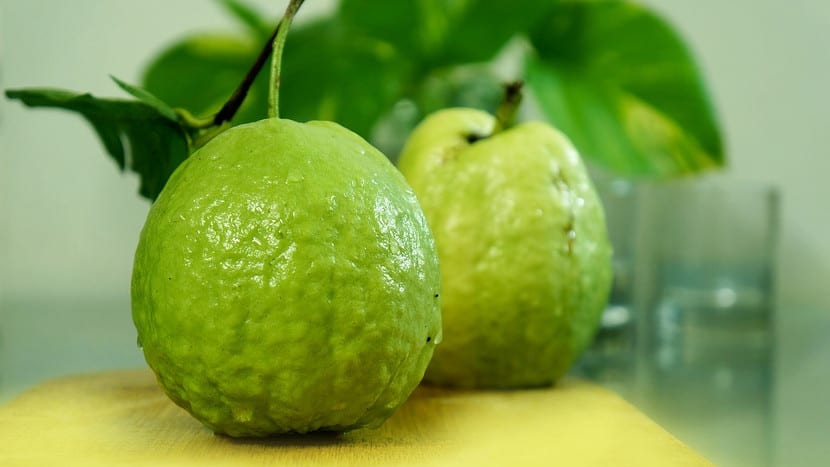
Guava is a juicy tropical fruit with an addictive sweet and sour taste. Its skin is edible, while both this and its meat can present different colors depending on the variety and the degree of maturity.
From the guava tree or guava tree, the composition of its numerous seeds and its external shape can also change depending on these factors. In this way, it is not uncommon to find round, oval or pear-shaped guavas.
What is the origin of guava

Guava is native to the intertropical zone. It is cultivated in many countries in the Caribbean, North America, Central America and South America, from where it is exported to practically every corner of the planet.
What are the properties of guava
Guava and vitamin C
Guava is a extraordinary source of vitamin C. This nutrient strengthens the immune system (it should not be absent in winter to prevent colds and flu), reduces the risk of strokes, improves concentration capacity and increases hydration and elasticity of the skin, among other benefits.
Its supply of vitamin C (one cup contains about 377 milligrams of vitamin C) also helps you enjoy healthier and stronger hair. The fruit in question on this occasion is attributed benefits to prevent hair breakage, which is why it is used to prepare homemade hair masks.
Guava and antioxidants
It is worth bearing in mind that this tropical fruit also offers B vitamins, beta-carotene (which the body transforms into vitamin A), fiber, potassium, and phosphorus. The most remarkable thing about guava is its antioxidant power. Oxidation is a natural process, but there are circumstances that can accelerate its speed and cause serious health problems. Y a good presence of foods rich in antioxidants in the diet helps to slow down oxidation.
Guava to treat diseases
Both the fruit and its leaves are used to make home remedies and medicines for a variety of conditions. High blood pressure, diarrhea, cough, and diabetes are on the list of conditions and illnesses they can alleviate. However, it is necessary to be cautious and wait for more studies to be carried out to corroborate it.
How to eat guava

You can include guava in your sauces, empanadas, desserts and even drinks - consider the smoothies (accompanied by fresh pineapple, papaya and lime juice makes a refreshing smoothie for the summer) and pink sangria. Its versatility is enormous. You just have to let your creativity take over in the kitchen.
If you opt for fresh guava, choose those ripe but without imperfections at the supermarket. Simply open it in half and dip your spoon into its meat for a nutritious dessert or lunch. It is important to eat them in a day or two from the moment of purchase, since once they are ripe they spoil very quickly. Another important detail is that, as with all foods, it should not be abused, the maximum recommended dose being two pieces a day.
In any case, there is always the option to make pasta and other preserves, boiling them before your guavas go bad. The texture, as well as the high pectin content of this fruit, make it an ideal food for preserving. The following are some uses that you can give to pasta and guava jam.
Guava paste or sweet
With a consistency similar to that of quince paste, you can use guava paste in many ways, including appetizers and desserts, as well as for add a sweet touch to meat sauces. It is worth noting that it works very well with cheese. Cut it into cubes and click each one on a toothpick next to a piece of fresh cheese, also diced. Another delicious way to pair guava paste and cheese is empanada filling form.
Guava marmalade
Spread on toast, guava jam is a healthy alternative to pastries and other processed breakfast foods, plus a excellent ingredient for an invigorating breakfast for you and yours. Accompanied by crackers, it is also a great idea as an aperitif at friends' gatherings.
What is the weight of a guava

The size of guavas can differ a lot, even if two fruits from the same tree are compared, which is why it is not possible to speak of a unit weight either. Small specimens (about 5 cm in length) usually weigh around 50 grams, while the largest (10 centimeters or more) can reach, and in some cases exceed, 200 grams in weight. So its weight is 50-200 grams.